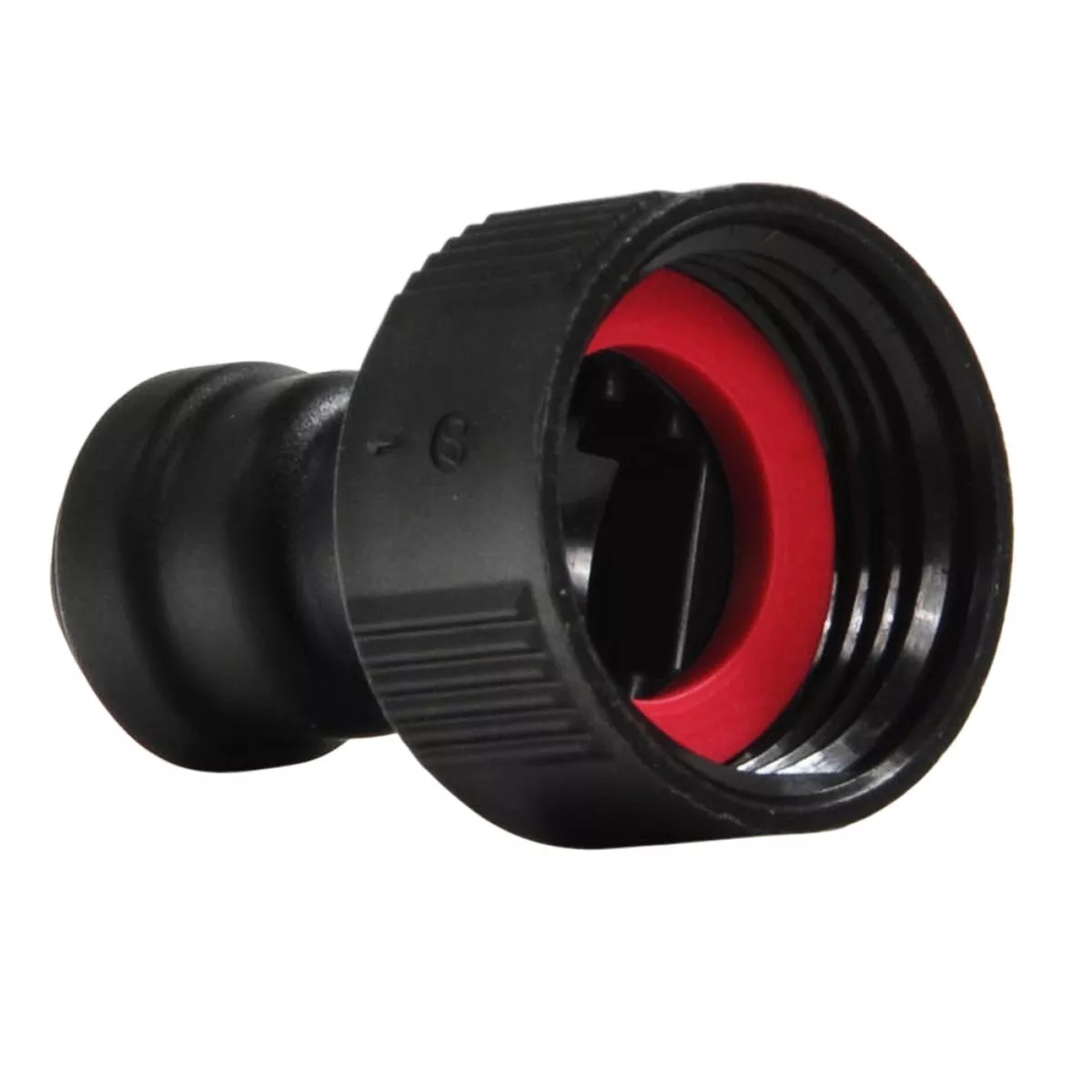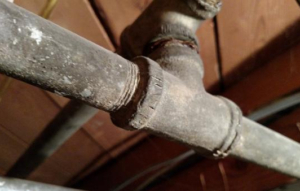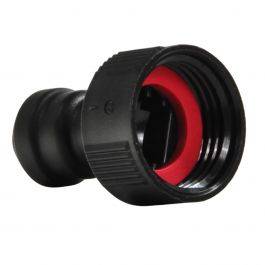Alright guys, gonna sound like a total newb when it comes to this but with RODI, I am. I currently have a spectrapure 90 gpd 4 stage. My current set up is incredibly basic. It’s connected directly to a spare washer hook up that I just turn on when I need and off when I don’t. The issue is this hook up is old and the ball valve (or whatever it is) no longer seals (resulting in a slow but steady leak), so water is constantly running through the RODI set up. Obviously this isn’t good for the filter media, so my question is, without replacing the old valve (it appears to be welded on as it’s metal (not copper, steel maybe?)
Is there away to leave the water running and then have it stop at a different valve (if that’s a thing?)
Or depending on the work involved, maybe try to automate it even more where I have a float valve in my RODI storage tank that some how automatically triggers it to fill and shut off when needed (without having the water run constantly?)
Thoughts? Confused? I don’t know, it’s late
Is there away to leave the water running and then have it stop at a different valve (if that’s a thing?)
Or depending on the work involved, maybe try to automate it even more where I have a float valve in my RODI storage tank that some how automatically triggers it to fill and shut off when needed (without having the water run constantly?)
Thoughts? Confused? I don’t know, it’s late





